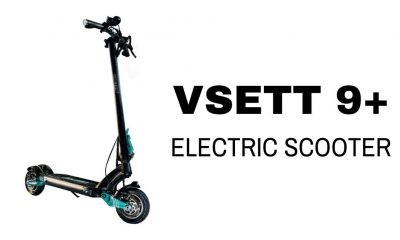Gaming
What To Consider When Choosing A Power Supply?
Published
4 years agoon
By
Khai Tran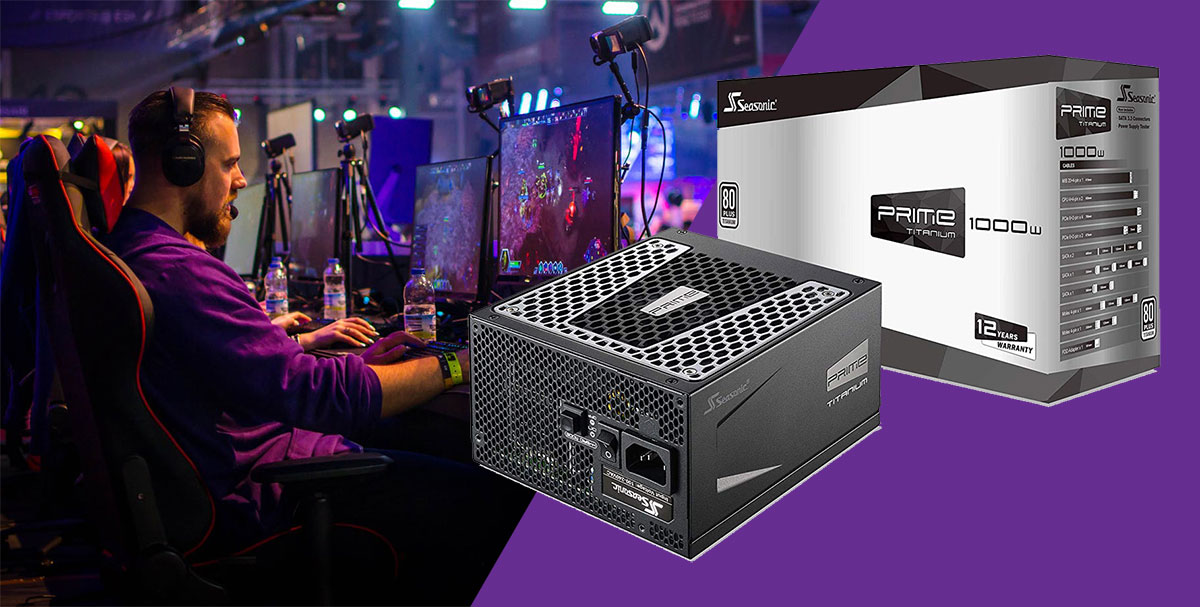
If you’re a competitive PC gamer or someone who build a lot of custom PC’s, then you’ve probably already purchased a handful of power supplies (PSU for short). A power supply, as the name implies, powers the entire computer and it’s essential that you choose one that can provide the correct amount of energy you need.
If you’re building a custom gaming PC, then this article is perfect for you. Custom PC’s have much higher demand for power than regular PC’s that are predominantly used for work. And that’s largely because gaming PC’s have parts that require tremendous amount of energy, such as the graphics card. Most higher end graphics card even requires you to plug it directly to the power supply to work properly.
Choosing the correct power supply from the beginning is an important decision you need to make. You need to be able to choose one that’s high quality (so it doesn’t break or fry all your internal parts), has the correct wattage your rig needs, and is efficient so you’re not bleeding on the electric bill each month. With that, you’ll need to understand what to look for when choosing a power supply for your gaming rig.
The Size
First thing you’ll want to consider is how big of a power supply do you need? This will largely depend on your build, your existing case, and where you want to put it in relation to the other components in your case. In most cases, there’s a dedicated place for your power supply. However custom/boutique cases often don’t, and if it’s a very tight build, then you’ll need a small/compact one that can fit into a tight corner.
When choosing the size of the power supply, you need to keep in mind what the form factors are.
ATX: Stands for Advanced Technology Extended, is probably one of the most common form factors you’ll find.
Micro-ATX: As the name implies, these are small. And they’re mostly used for small cases. If you’re using a micro-ATX power supply, chances are this PC is mostly for work or multi-media use and not for hard core gaming. Cases this size aren’t usually good for gaming as there are overheat issues, in addition to the lack of power from typically a much smaller power supply.
Do You Need Modular?
You can opt for a power supply that’s modular or one that has fixed orientations. As you’d expect, modular means you can plug and play with only cables that are actually needed. You won’t have unused cables dangling and wasting space. It’s nice benefit to have and can often result in a cleaner more compact custom build. Great for cable management.
The downside to modular PSU is that they tend to cost more. So if you’re on a budget, consider going with a PSU with fixed cables. But if you need the flexibility and cable management advantage, go with a modular one.
Power Supply Efficiency – Demystified
You’ve probably seen the different levels such as Bronze 83% and Platinum 92% and wonder what in the world these means. Today we’re going to demystify all of the jargon for you so you can better decide which power efficiency is for you. In a nutshell, the efficiency of the chosen PSU correlates to how much energy it’s drawing from the wall, and how effective it is at converting that raw energy into DC (direct current) for your rig to use.
Efficiency formula = DC Power / AC Power
What does the number mean?
You’ll often see 80+ or 80 PLUS. This is the level of efficiency of DC / AC. In the vast majority of cases, it must exceed 80% efficiency. You’ll rarely see anything below that. And that’s where the certification comes from. 80 PLUS means this is over 80% efficient at converting DC/AC.
What does Bronze, Silver, Gold, etc. mean?
In short, the more expensive the metal is, the more efficient (and also expensive) the PSU will also be. Each level of metal also indicates it’s efficiency level. There are six levels total.
- Base level: No metal attached. This will indicate a PSU between 80% – 82%.
- Bronze: The cheapest metal on the list. PSU labeled Bronze indicates efficiency between 83% – 85%
- Silver: Efficiency between 85% – 92%
- Gold: Efficiency level between 88% – 92%
- Platinum: Efficiency level between 92% – 94%
- Titanium: Ironically not the most expensive but “toughest” metal. It’s rated to be above 95% efficiency. Also most expensive.
How Much Power Is Actually Enough?
It might be tempting to just shell out the cash for a Titanium 95% right off the bat just because it’s the biggest and baddest PSU on the planet. And since your rig already cost you quite a bit, what’s a few more hundred for a beast power supply? But before you do that, calculate how much energy your rig actually use. There’s plenty of online calculators that can help you with that. And if you’re building your computer using PCPartPicker, then it’ll automatically tell you if your PSU is sufficient to run everything.
Which high-end power supply we recommend?
If money is NOT a concern, we recommend the Seasonic Prime Ultra 1000 Titanium SSR-1000TR (PSU on the cover image). It’s practically one of the best PSU we’ve ever tested and runs silently.
The higher tiered power supply are absolutely worth it if you have a machine that can make them break a sweat or utilize their capabilities. You really need to have the need in order to justify the investment. It’s like hiring Usain Bolt to teach track at your local high-school. We’re sure he’ll be great. But is he really necessary? So for those who are conscious about their budget, we recommend buying what you really need. But make sure you over budget the power consumption in case you upgrade your PC.
On the flip side, if you absolutely must have the best and want to future-proof your build, getting the best of the best is the way to go. Your machine will run quiet, as the more expensive PSU hardly make any noises. And you’ll never have to worry about replacing the PSU when upgrading parts. Ultimately the decision rest in your hands.
You may like
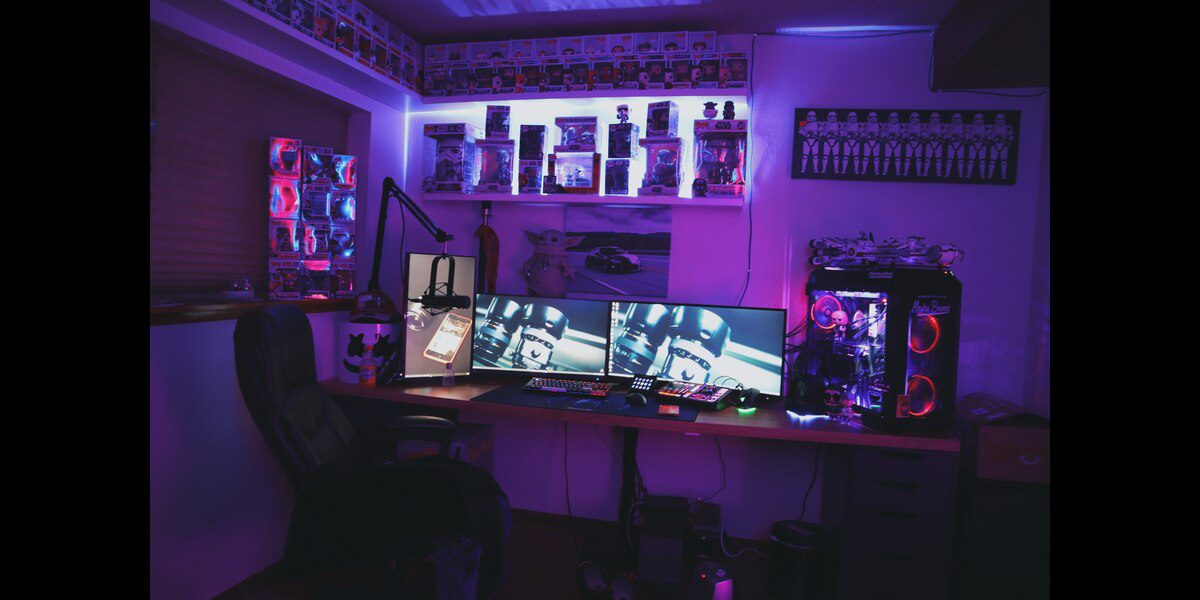
Good-quality gaming headphones are a must when dipping your toes (err, hands) into eSports. For newbie gamers, buying a quality headset might be pricey. But don’t fret. We’ve compiled 10 of the most affordable gaming headphones under $70. Enjoy!
1. Logitech’s G Series G435
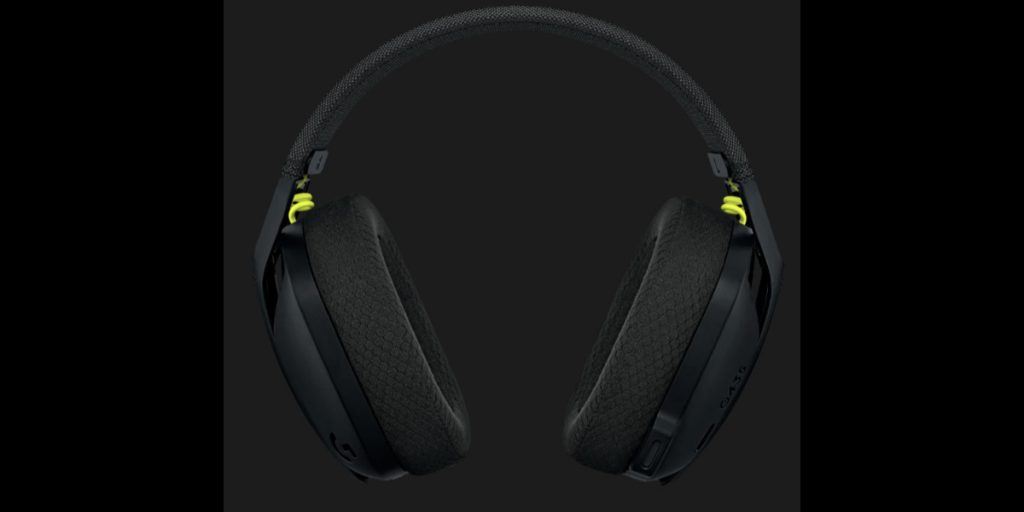
Logitech is known for its computer peripherals and for perfecting gaming headsets for years. One of its cheapest yet reliable models is the G Series G435 LIGHTSPEED wireless gaming headset. Expect powerful and clean sound that reduces background noise. It’s also made with about 22 percent post-consumer recycled plastic. This model is Logitech’s most sustainable gaming headset.
It also comes in a stylish appearance with three distinct colorways. You can select one that matches your personality and style. A gaming-grade wireless technology, LIGHTSPEED, is integrated into this wireless headphone. With about 18 hours of playtime, this is the headphone for you.
Price: $49.99
2. HyperX’s CloudX Stinger Core
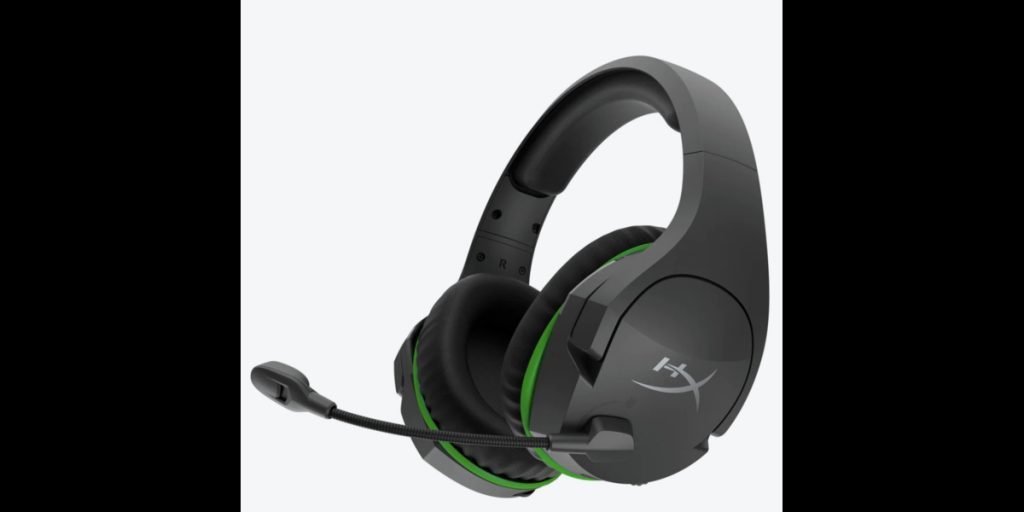
Another contender in the wireless gaming headset division is HyperX’s CloudX Stinger Core. The official Xbox licensed wireless headphone is crafted for the Xbox Series X|S and Xbox One. It offers a direct Xbox wireless connection for exceptional audio. You’ll also enjoy a comfortable gaming session with its memory foam ear cups made of smooth leatherette and lightweight design.
This model offers 40mm drivers that deliver quality sound and help you stay focused. You can then expand your in-game audio with Windows Sonic for that improved and clear surround sound. It also offers durable steel sliders for reliability and a customizable fit. Finally, take control of communication with your team via its noise-canceling mic and mic monitoring.
Price: $69.99
3. Creative’s Zen Hybrid 2
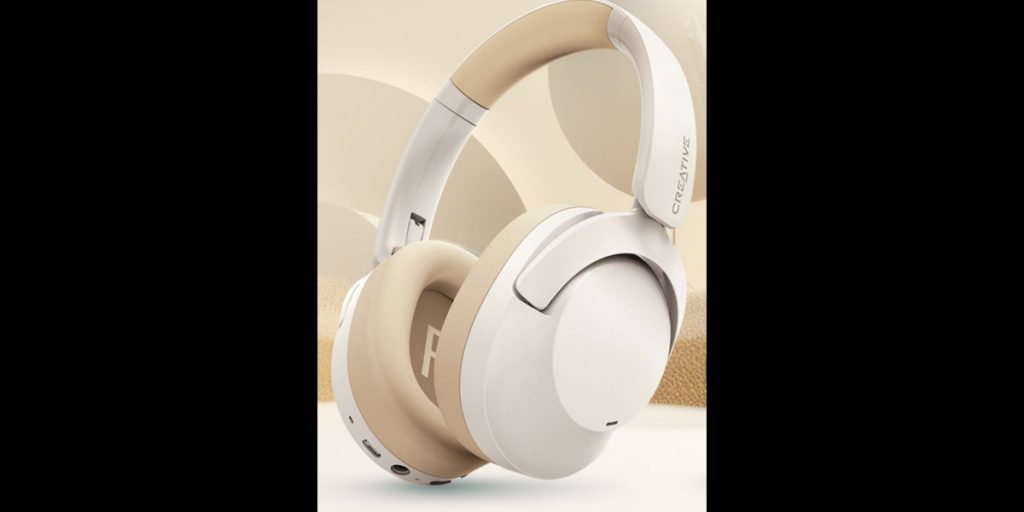
Creative’s Zen Hybrid 2 brings you performance, design, and versatility all in one affordable package. It provides gamers with five built-in noise-cancelling microphones. This model is also expertly tuned to offer users clear highs and well-balanced mids via its custom-tuned 40mm dynamic drivers. Expect 100 percent focus because of its tuning-out system that removes ambient noise of up to -30 dB.
The Hybrid 2 offers seamless audio streaming using Bluetooth 5.2 and Multipoint Connectivity. Answer calls while streaming audio from two separate audio devices! Plus, enjoy uninterrupted gaming with about 67 hours of battery life!
Price: $59.99
4. Razer’s BlackShark V2 X

If you want total compatibility with Xbox One, Mac, PC, and PS4, grab the Razer’s BlackShark V2 X gaming headset. It offers a standard 3.5mmm port to connect to any output/input. It has a toggle to turn the mic and volume on and off on the ear cup.
This multi-platform wired eSports headset provides a unique Razer HyperClear Cardioid Mic for better and more transparent communication. The earpads are also made from memory foam, making them breathable and comfortable.
Price: $59.99
5. Steelseries’s Arctis Nova 1
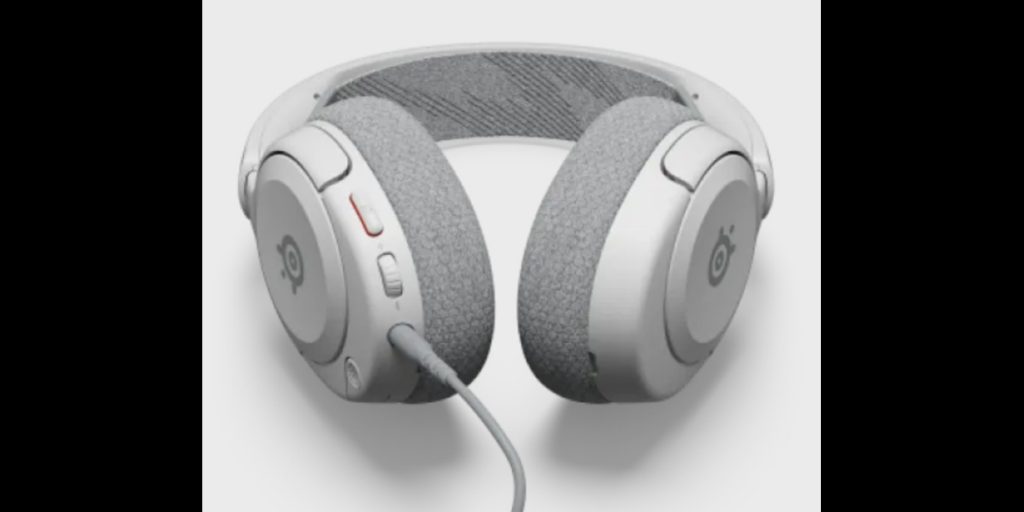
The Arctis Nova 1 by Steelseries is another high-quality gaming headphone for under $70. The Nova Acoustic system boasts custom-designed high-fidelity drivers for exceptional audio quality. It’s an ultra-lightweight headset with four adjustability points in the ComfortMax System, giving users a perfect fit.
Another feature is the ClearCast Gen 2 noise-canceling that leverages AI algorithms to minimize background noise. Finally, the AirWeave memory foam keeps your ears cool and comfy, allowing you to fully rotate the earcups for convenient transport.
Price: $69.99
6. Beyerdynamic’s MMX 100
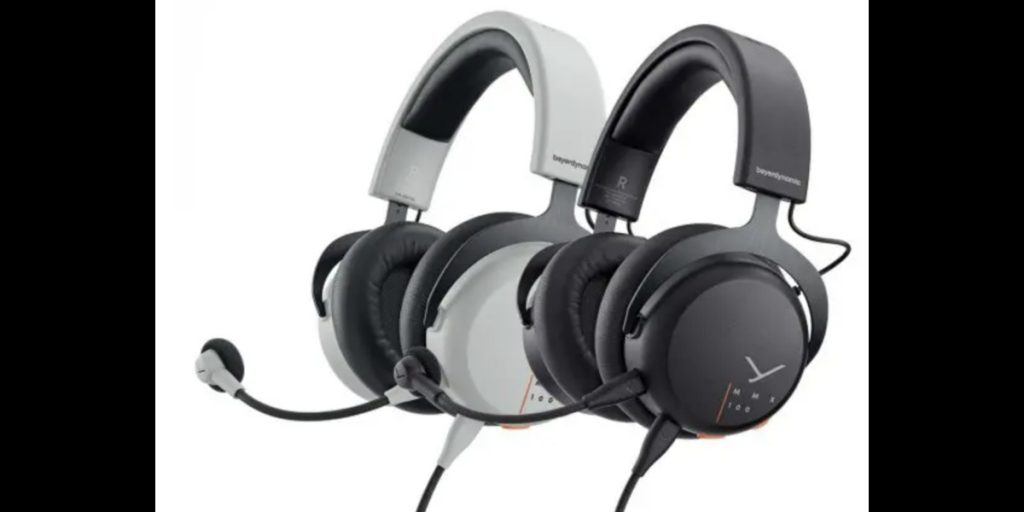
If you prefer an analog gaming headset, try the Beyerdynamic’s MMX 100. This analog powerhouse offers clear, precise sound with natural vocal transmission and low ambient noise. It also has a detachable mic, cable, and accessible spare parts. Beyerdynamic’s acoustic engineers carefully curated every sound technology in the MMX 100.
Gamers will feel an even more realistic experience playing RPGs. Users will also enjoy precise and sound localization, giving you an advantage in multiple situations. MMX 100’s META VOICE is a cardioid condenser mic with a 9.9mm capsule to replicate your voice naturally. Moreover, its intuitive controls let you focus on the game while keeping everything on point.
Price: $69
7. Drop’s Hifiman HE-R7DX
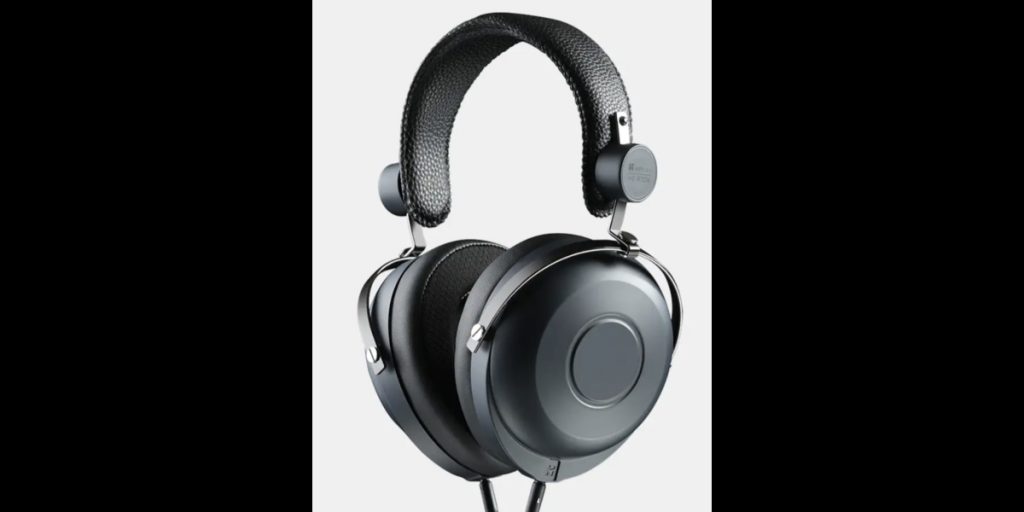
Drop’s Hifiman HE-R7DX is the first-ever closed-back gaming headphone in the market. This model offers 50mm dynamic drivers and Hifiman’s Topology Diaphragms. It delivers impeccable isolation, open-back level sound staging, and impressive details. This model is undoubtedly a reliable headset for pro studios and homes.
The dynamic drivers ensure midrange focus, low-end punch, and high-end clarity, just what you need when focusing on streaming and playthroughs. This headphone will surely give you an unforgettable experience no matter where you listen.
Price: $69
8. Roccat’s Syn Pro Air
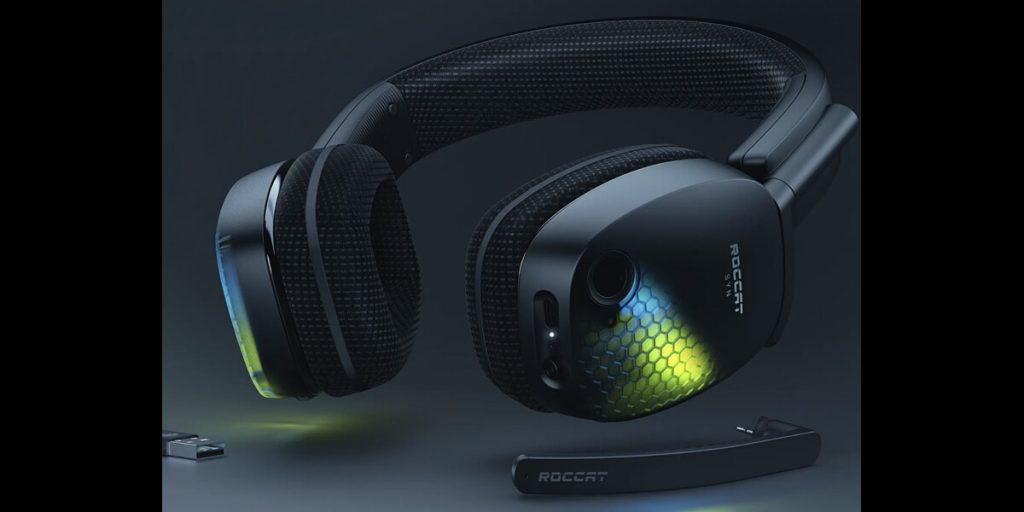
Nothing can get better with the Roccat’s Syn Pro Air gaming headset. The Superhuman Hearing technology lets you live longer and play better. You’ll enjoy features like immersive 3D audio with 50mm drivers, rapid charge USB-C, ProSpecs memory foam, breathable athletic fabric, and more.
This model uses the TruSpeak mic and an AIMO-compatible 16.8 million color lighting. Users will also receive a two-year manufacturer warranty.
Price: $49.99
9. JBL’s Quantum 100
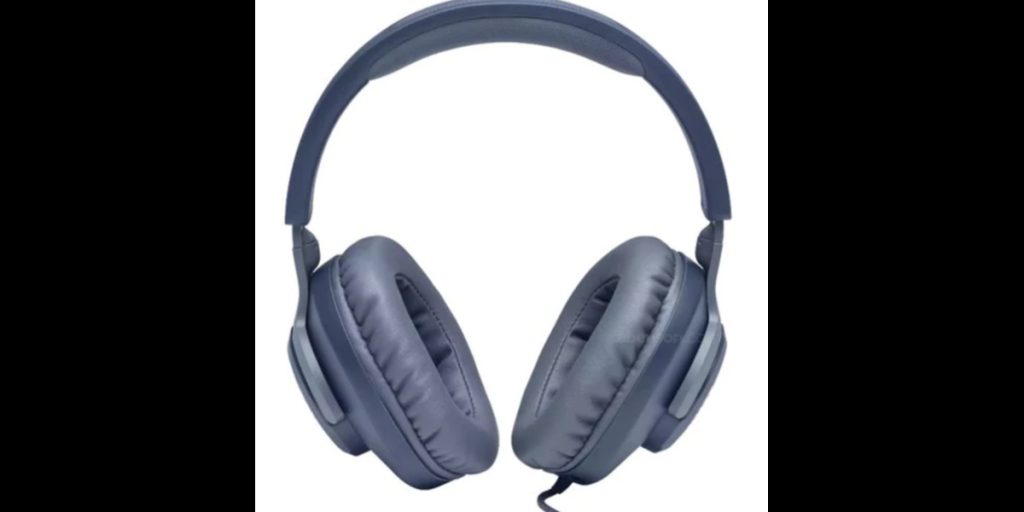
If you’re looking for a wired over-ear gaming headset, the JBL Quantum 100 is your best. It features the QuantumSOUND Signature, which puts you in the center of heart-thrilling action. Enjoy immersive and accurate sound that lets you hear even the slightest explosion. It has a detachable boom mic for clear communications. Plus, it has a lightweight memory foam comfort to let you play for hours undeterred!
Price: $35
10. Turtle Beach’s Stealth 600 Gen 2 USB
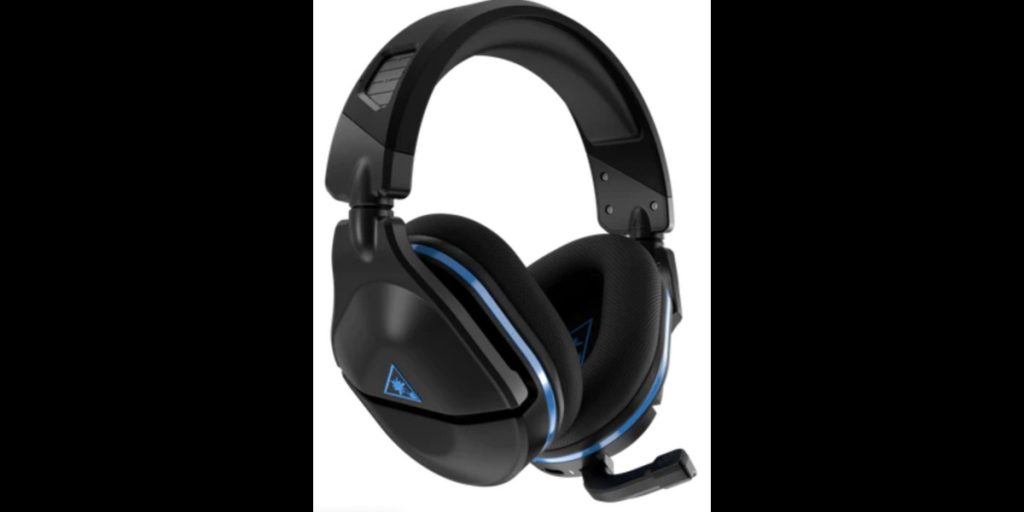
Enjoy immersive 3D audio for PS5 with the 50mm powerful speakers for amplified audio. Never let miscommunication hinder game strategies with the Gen 2 Mic for clear communication with your teammates.
The Turtle Beach’s Stealth 600 Gen 2 USB offers glasses-friendly ear cushions if you’re wearing glasses. The game-changing Superhuman Hearing Sound Setting lets you customize your audio listening and gaming experience. Overall, this model is a better fit with a bigger sound!
Price: $69.95
Gaming
Top 10 Handheld Gaming Devices Under $300
Published
5 months agoon
November 24, 2023By
Skylar Lee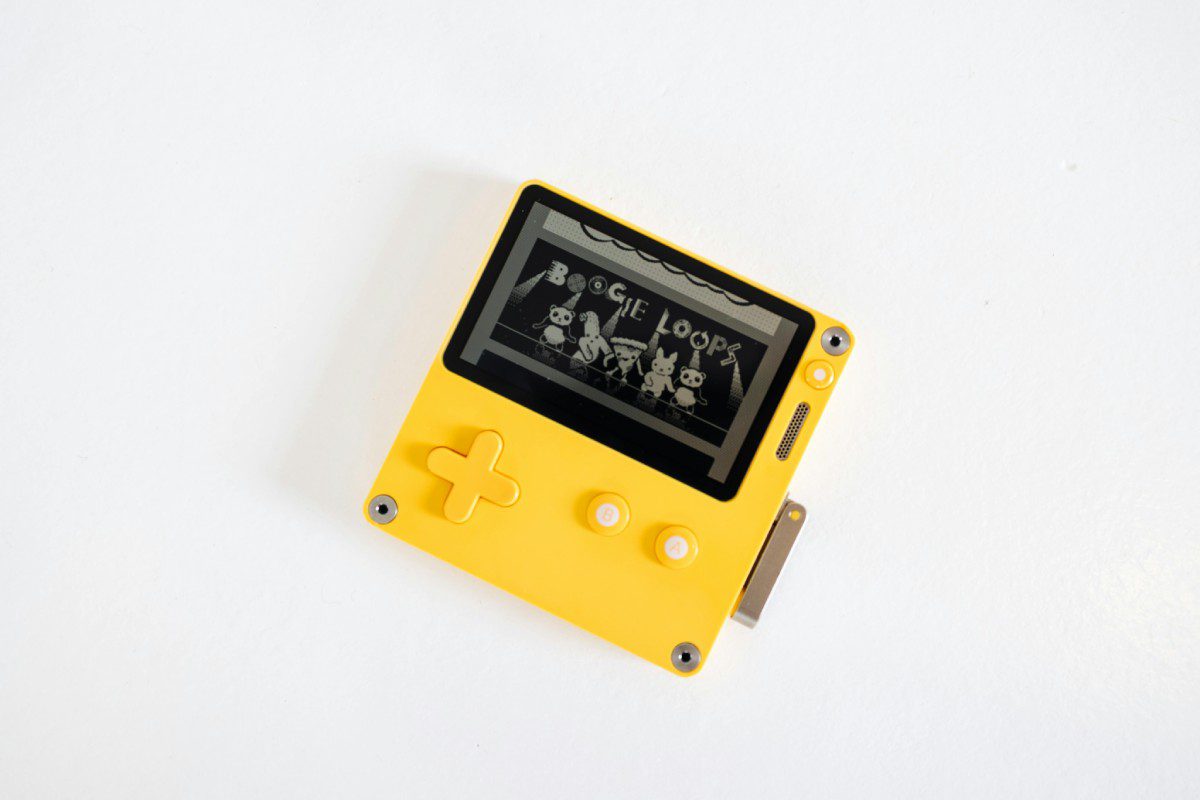
Handheld gaming devices are all the rage for online gamers. Some want to recapture the magic of the old days, where you could play a game anytime anywhere. However, some want to experience the portability of playing PC or desktop games without losing significant game progress. Whatever your reason for buying a handheld gaming device, we’ve narrowed down your options in buying the best handheld gaming devices under $300!
1. Retroid Pocket Flip
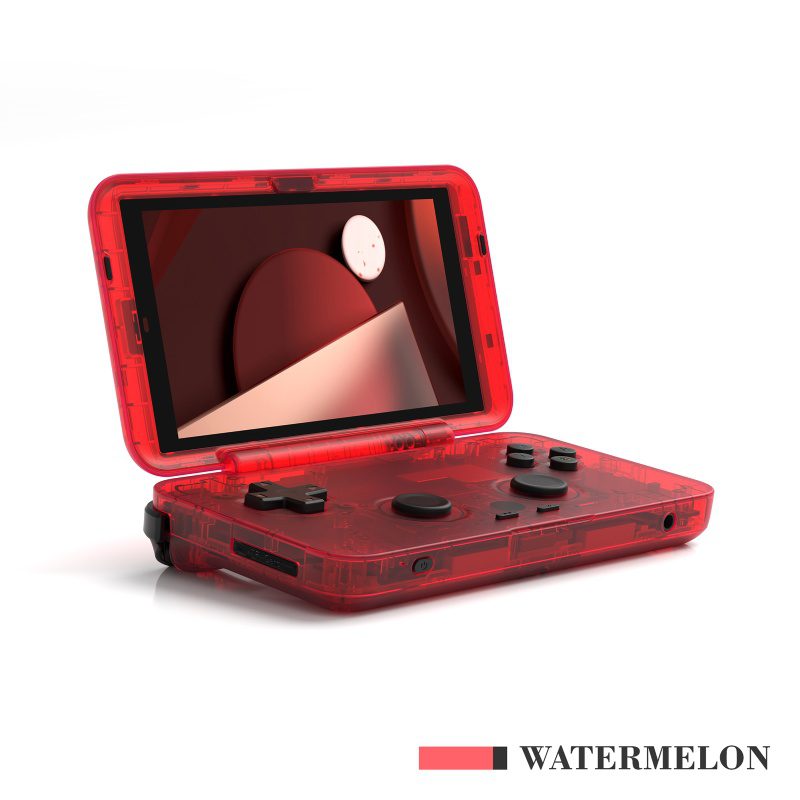
If you’re looking for a handheld gaming device that’s light on your pocket, literally and figuratively, why not go for Retroid? The Android-powered gaming device lets you play your favorite games anytime or launch an emulator, too! But you can dock the Retroid to your TV or PC to play your game on a bigger screen! The Retroid company offers three devices:
- 2S Handheld
- Pocket 3+
- Flip
However, the best option for any gamer is the Flip. Its active cooling system lets you play games for a long time. It has 128GB of storage, allowing you to store all your favorite games on one device. Plus, it has a touchscreen and customizable buttons!
Pricing: $164.00
2. Retroid Pocket 3+
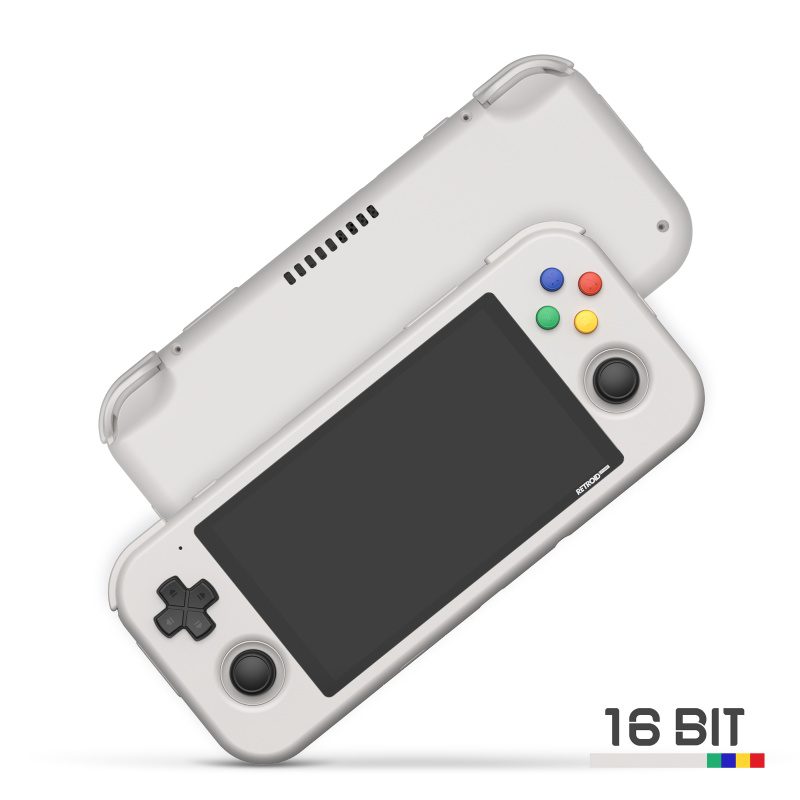
The Retroid Pocket 3+ is another handheld gaming device under $300 to consider. Like the flip, it also has a touchscreen and a game launcher with emulator. Unlike the Pocket Flip, this one has passive heat dissipation, which doesn’t fully cool your device. However, it’s still worth a try since it’s slightly more affordable than the Flip. Plus, with the Retroid Pocket 3+, you have color variants to choose from!
Pricing: $149
3. Playdate

If you want an old-school gaming experience, check out Playdate! It’s reminiscent of the old Nintendo Gameboy devices. You can only play 8-bit games, but it’s still enjoyable! So far, you can play up to 24 games, which you can purchase on the official store. One advantage of this handheld device is storing it in your pocket! Plus, it has a pull-out analog controller from the side to help characters move and do other actions on selected games!
Pricing: $199
4. Anbernic RG552
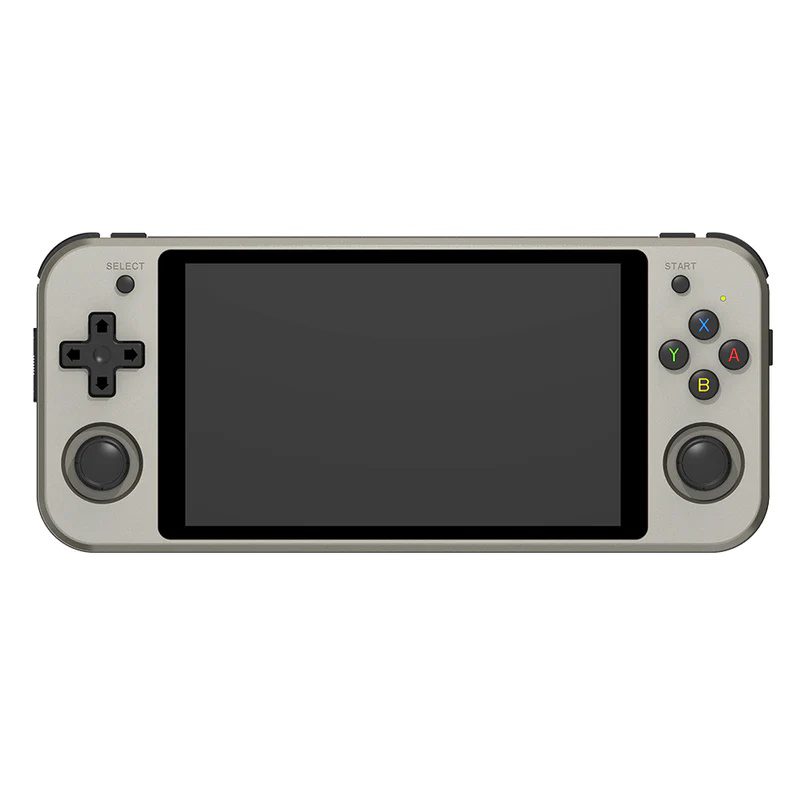
Here’s another option to consider if you want old-school-style gaming devices. Anbernic has various models and gaming models to choose from! Most devices are compatible with emulators, allowing you to play games from the past.
But if you want their state-of-the-art device under $300, you can buy the Anbernic RG552. This device has Linux and Android systems, allowing you to play simulators, Android games, and other simulators! Plus, you can expand the storage to play more games.
Pricing: $226.99
5. Analogue
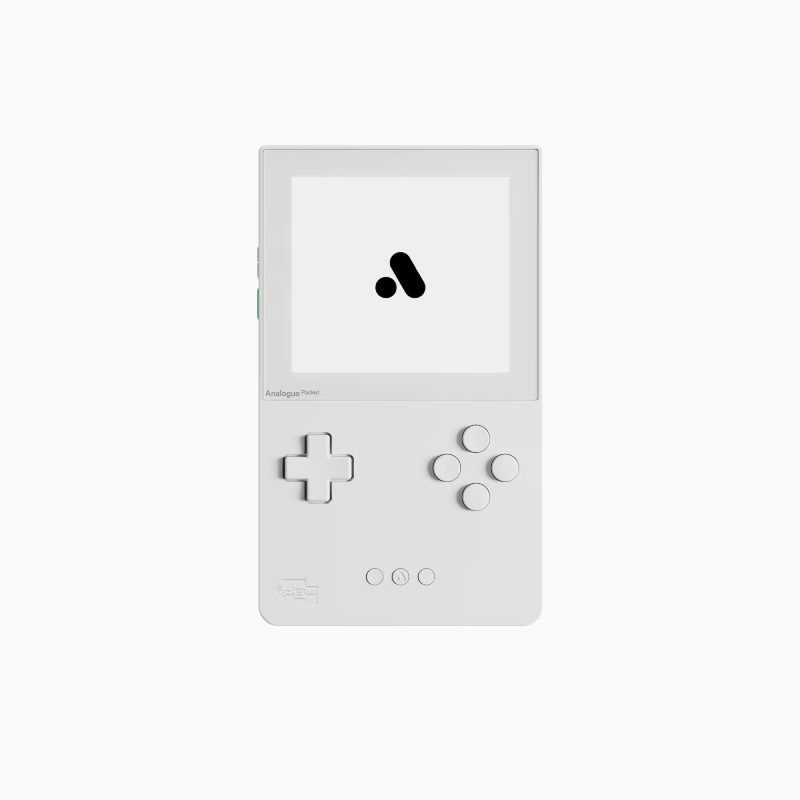
Here’s another device paying homage to the old Game Boy models. Their Analogue Pocket model is compatible with your beloved Game Boy games! You can stick a cartridge and play like the old days. Unlike other devices on this list, they don’t have emulators.
Despite the 8-bit gaming style, it boasts a high-res screen (1600×1440). Plus, the Pocket is protected by Gorilla Glass, too! However, Analogue isn’t just a gaming system. You can also create music and connect it to your other devices! Additionally, they have a multi-player option, letting you play with your friends!
Pricing: $249.99
6. Powkiddy Max2
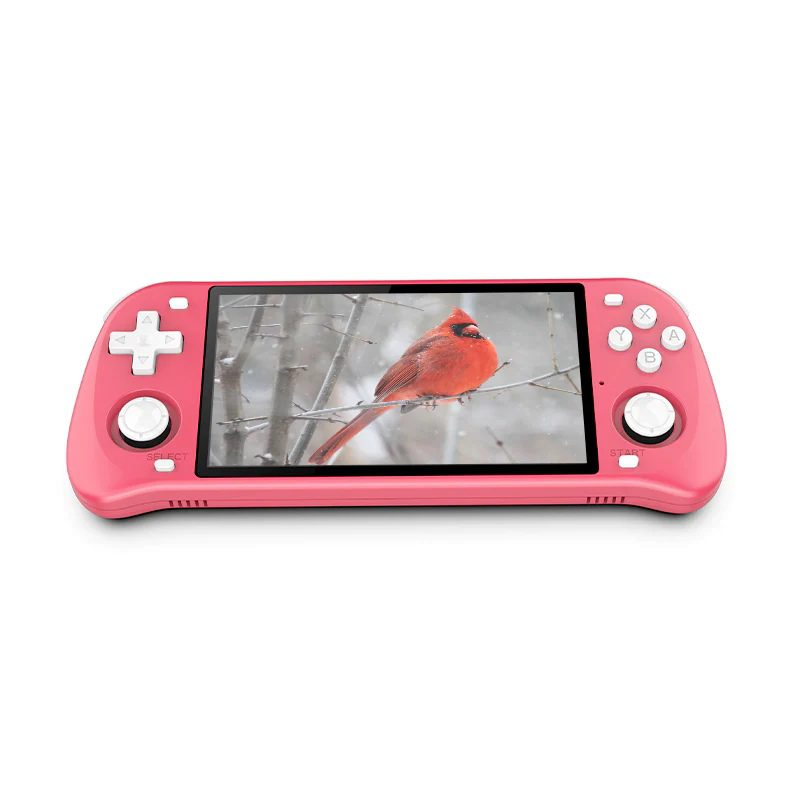
If you also want to select from various models, Powkiddy also offers them to avid gamers like you! Powkiddy has designs that will remind older gamers of their child. Meanwhile, their devices could also be great to let kids know about handheld gaming devices.
Most of their handheld gaming designs have smaller screens but can accommodate simulators. Additionally, some of their handheld devices have a fast-charging option, allowing you to play games for four hours, even on an hour’s charge. But you have to go with one of their bestsellers, the Max 2.
It has an ergonomic grip, providing comfort when you play for long. It’s compatible with various simulators. Plus, it’s expandable to 128 GB.
Pricing: starts at $154.99
7. Ayn Odin Lite
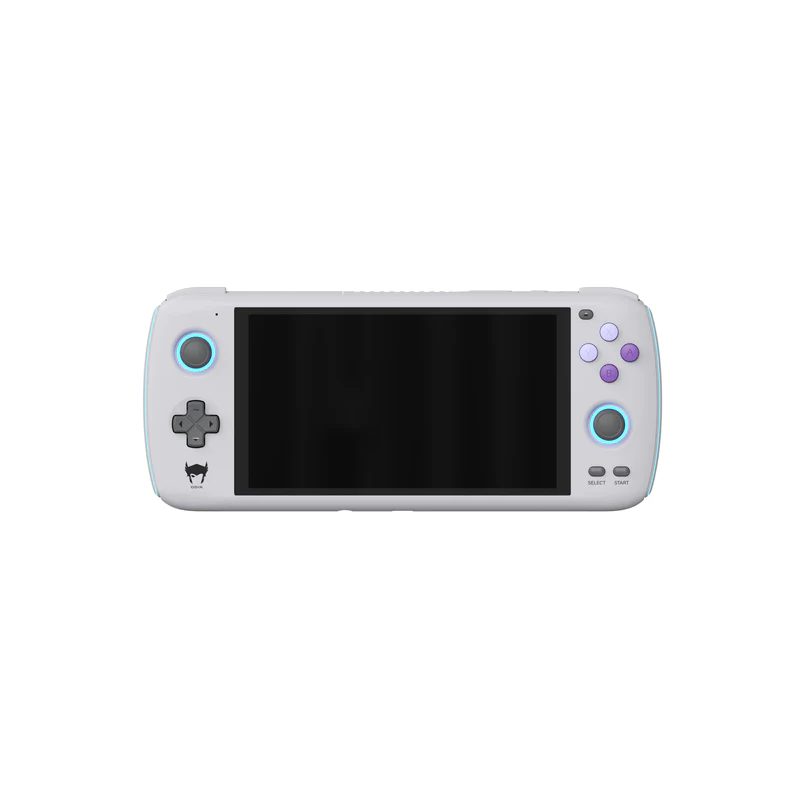
The Odin Lite is the affordable option of their flagship, Odin. However, it’s still a powerful handheld gaming device. You can customize the game launcher and set the screen mapping. Additionally, you can have fun playing your favorite online games from the Xbox and PS5 with integrated gaming apps to bring them anywhere. Finally, you have two options when buying the Odin Lite: the 4+64GB model or the 6+128GB version.
Pricing: starts at $237
8. Nintendo Switch Lite
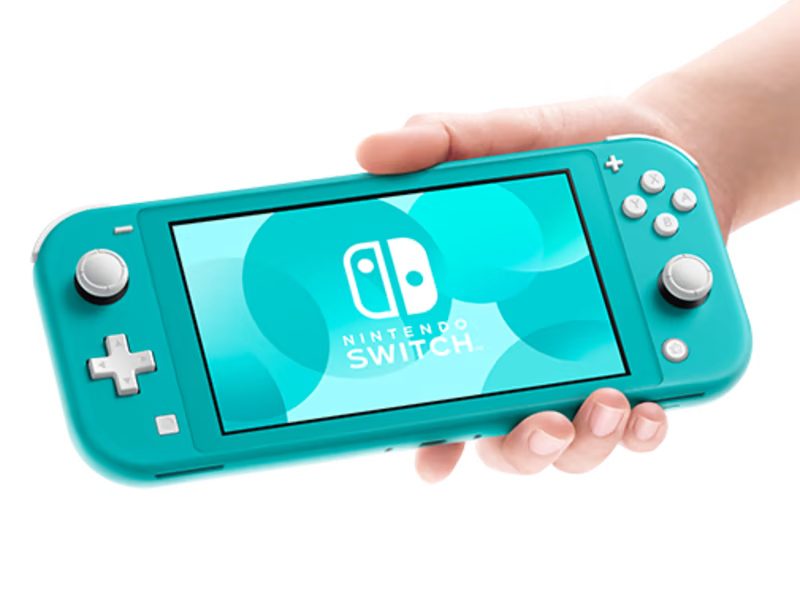
Nintendo Switch Lite is a must-have for gamers who grew up playing the Nintendo consoles. Even if you didn’t play the original Nintendo games as a child, it’s also one of the best handheld gaming devices under $300, especially if you want to play various games with friends. You can browse their library with thousands of games compatible with the Switch Lite. Moreover, you can get the latest updates and store screenshots to share with friends.
Pricing: $199
9. Portal Retro
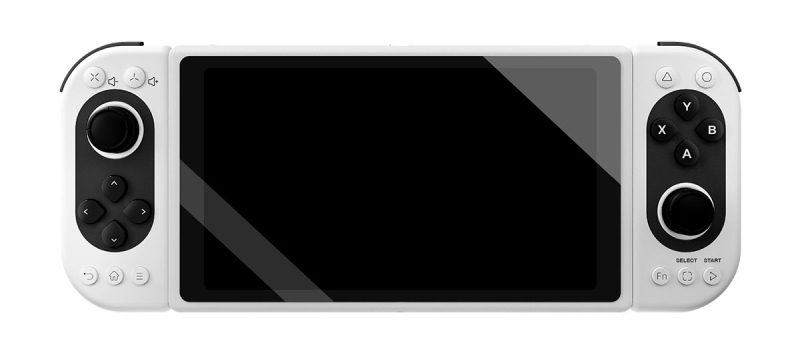
Pimax also has a handheld gaming device under $300. They specialize in VR gaming, but if you don’t need it, the Portal Retro is the best device. It’s decent with an LCD 2K screen and is lightweight, weighing around 306 grams. Plus, it has a storage capacity of 128 GB with 8GB memory.
Pricing: $299
10. Evercade EXP
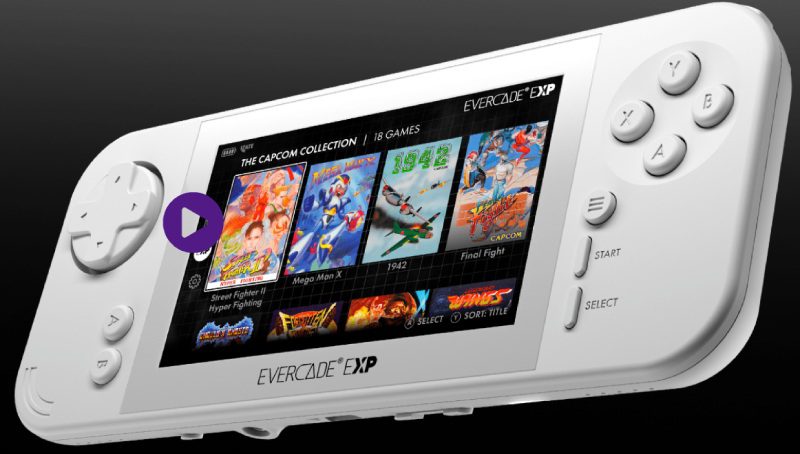
The Evercade EXP is another handheld gaming device to consider, especially if you’re a fan of cartridge-based gaming systems. This is the best gaming console for Capcom fans since it has 18 built-in games from the video game company. However, it’s not only 8-bit games you can play. In fact, you can also play 3D games with this device! Plus, you can turn it vertically for games meant for vertical gaming. Finally, you can play for up to 5 hours and have 4GB built-in RAM.
Pricing: $149
Final Thoughts
Nintendo’s handheld gaming consoles aren’t the only ones dominating the market. Your gaming experience can still be exciting when choosing any of these handheld gaming devices under $300. They provide value for money. Plus, some devices make you look back with nostalgia. Nevertheless, you have various options to choose from, considering some have 8-bit capabilities while others have RGB and 3D options!
Gaming
Top 10 Handheld Gaming Devices in 2023
Published
6 months agoon
November 20, 2023By
Skylar Lee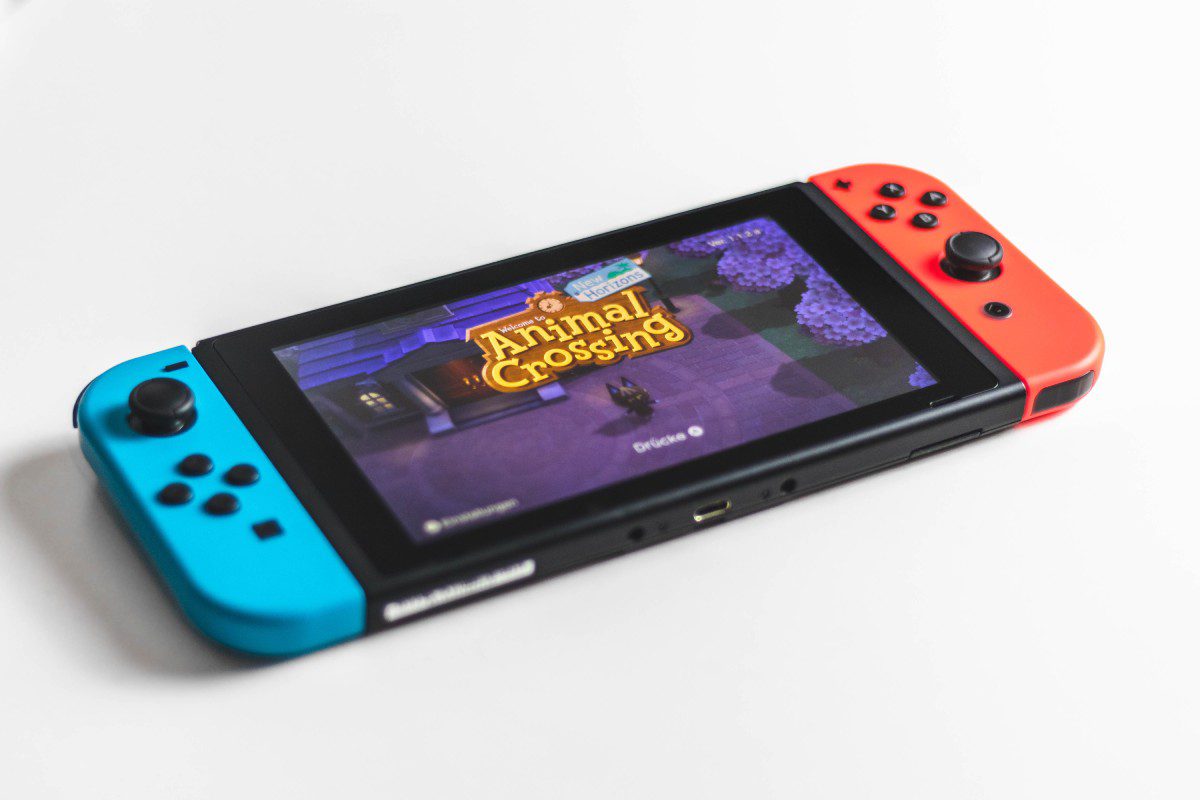
Don’t lose your gaming progress when you’re out and about or nowhere near your PC. Use a handheld gaming device to play anytime and anywhere. Check out selections for the best handheld gaming devices in 2023!
1. Nintendo Switch
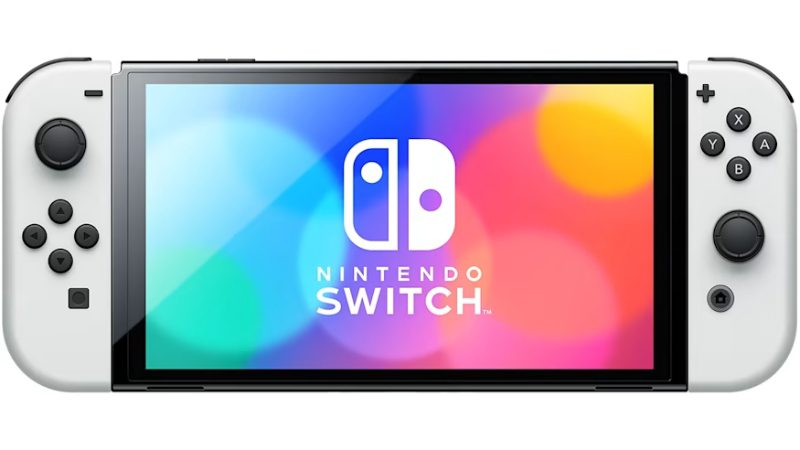
Nothing beats the good ol’ reliable Nintendo Switch. It’s one of the best handheld gaming devices in 2023 and beyond! You can choose from three models and gaming modes when playing.
The original Nintendo Switch and the OLED models have the following features:
- Play modes – TV, Tabletop, and Handheld
- Joy-con controllers available
- Handheld device size
- Battery life is 4.5 to 9 hours
However, the OLED model has a leg up over the original model since it has a LAN port and a bigger storage space (64GB).
Meanwhile, the Nintendo Switch Lite is available handheld only with a 7-hour battery life.
If you’re buying the Nintendo Switch Lite, it doesn’t come with the Joy-con controllers. However, if you decide to buy the original or OLED models, you can customize your Joy-con controllers and bring them along with you.
As for buying games, you can buy a physical copy or buy online in the Nintendo store. However, not all games are compatible with the Nintendo Switch Lite.
2. Steam Deck
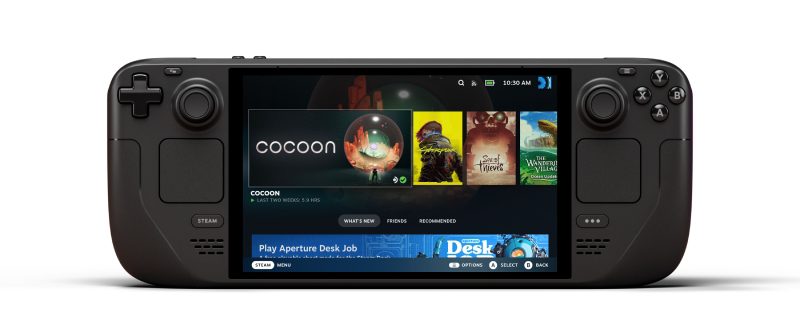
The online game distribution service has also released its handheld gaming device, so you don’t have to stay on your PC all day.
The Steam Deck has three storage options with two screen types, two being OLED (512GB and 1TB) and the other one being LCD (256GB). It comes with an advanced AMD chip, allowing you to enjoy performance on the best online games on the market.
The service guarantees faster downloads on your handheld gaming device, so there are fewer wait times! Plus, you don’t have to worry about overheating it since it has a fan to cool the device during gameplay. Finally, the trackpads provide comfort, so your hands don’t strain all day long!
3. Logitech
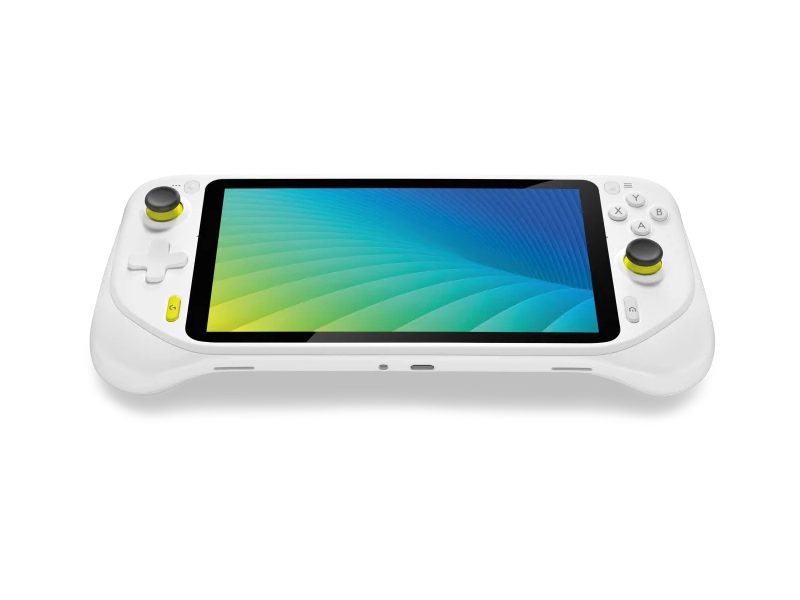
Logitech is no longer just a computer peripherals company. It has also tapped the gaming market with the Cloud Handheld Gaming device. This is ideal for multi-console gamers since they integrate the Xbox and Steam Link apps without losing gameplay on any consoles.
Like other handheld gaming devices on the list, you can play AAA games without fail or delay. Play anytime, anywhere, without losing progress! You could also play it for up to 12 hours if you keep it under optimal conditions (50% battery and brightness). It has an internal 64 GB storage, but you can expand it to add more games! Plus, it comes with the state-of-the-art Quantum Snapdragon 720G chip and boasts an Octa-core CPU!
4. ONEXPLAYER
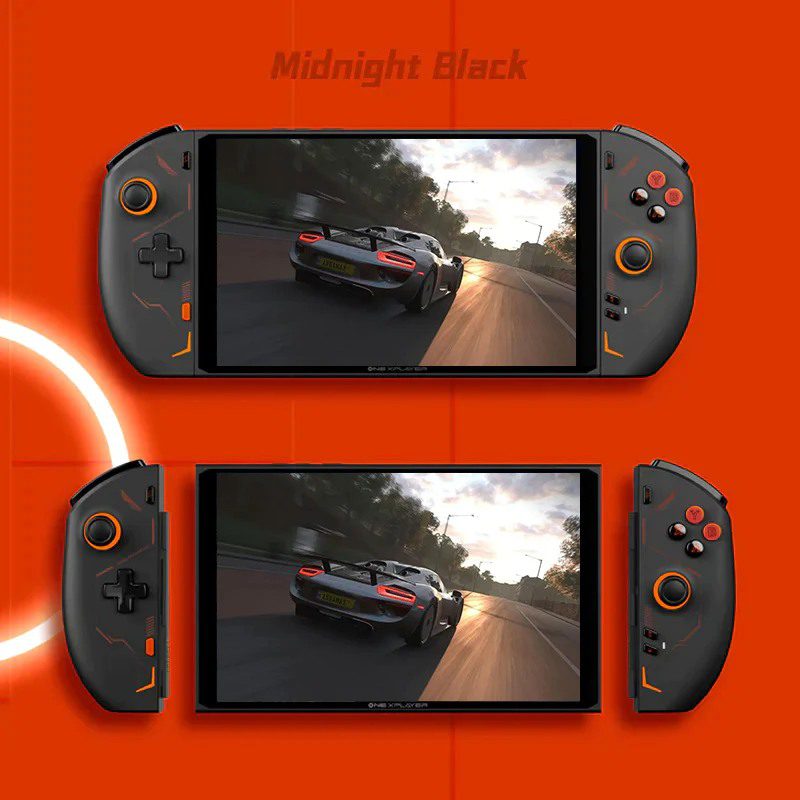
If you’re looking for a Windows-operated handheld gaming device, ONEXPLAYER is one of the best options for avid gamers. ONEXPLAYER offers three different devices:
- ONEXPLAYER 2 Pro
- ONEXPLAYER MINI PRO
- ONEXFly
The MINI PRO comes in three models with the processor being different. This model offers affordable options among the others. However, if you want more than just a gaming device, The 2 Pro model will also help you get work done! Finally, the ONEXFly promises performance and personalization to help you get the most out of this device.
It’s one of the most expensive handheld gaming devices on this list, but if you want a supercharged gaming experience, investing in this isn’t a bad idea.
5. GPD
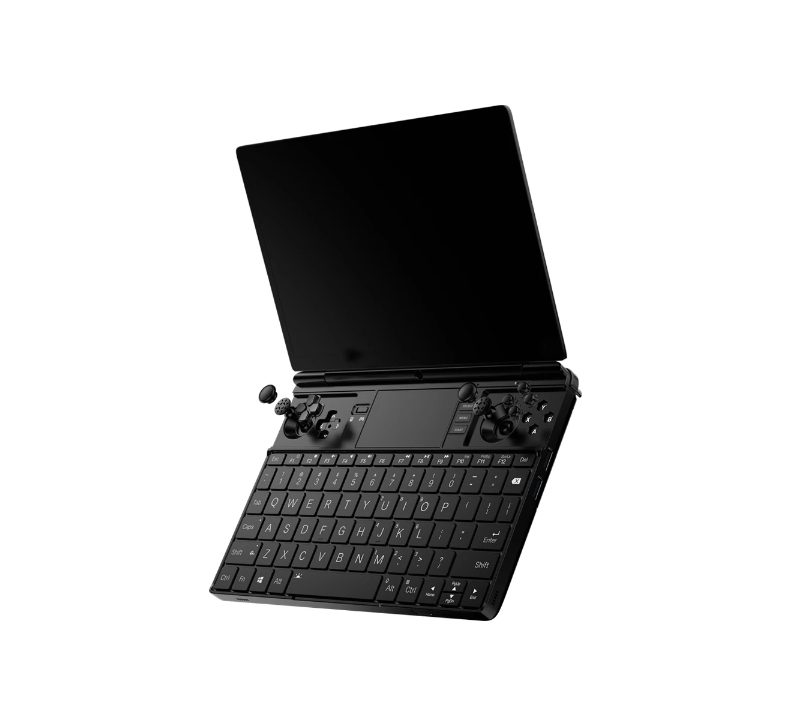
If you want various gaming device options from one company, GPD should be on your radar. One notable feature of this device and its models is the attached keypad. This allows you to browse the internet and play games without switching devices. Additionally, you can dock your GPD device to a computer for enhanced gameplay.
Like ONEXPLAYER, GPD is on the expensive side. However, you can opt for the Android-powered modular device to play your favorite games anywhere for a cheaper price.
6. Pimax Portal
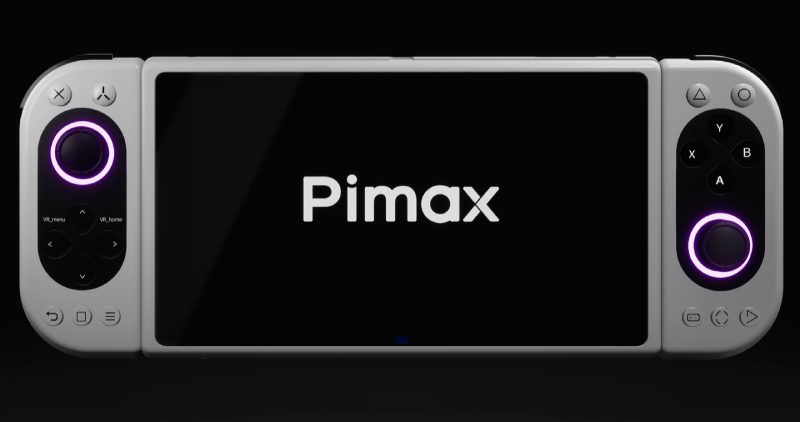
Are you looking for an all-in-one 4K and VR handheld device? Pimax Portal devices should be on your list! The Portal boasts 4K LCD screens on two devices. On the other hand, the QLED has additional MiniLED lighting, providing better contrast and color to your gaming experience. The storage space is at a maximum of 256GB for the Portal and Portal QLED devices.
You can play games supported by cloud, Android, and VR games. Plus, go back to your childhood to play retro games!
7. Ayn
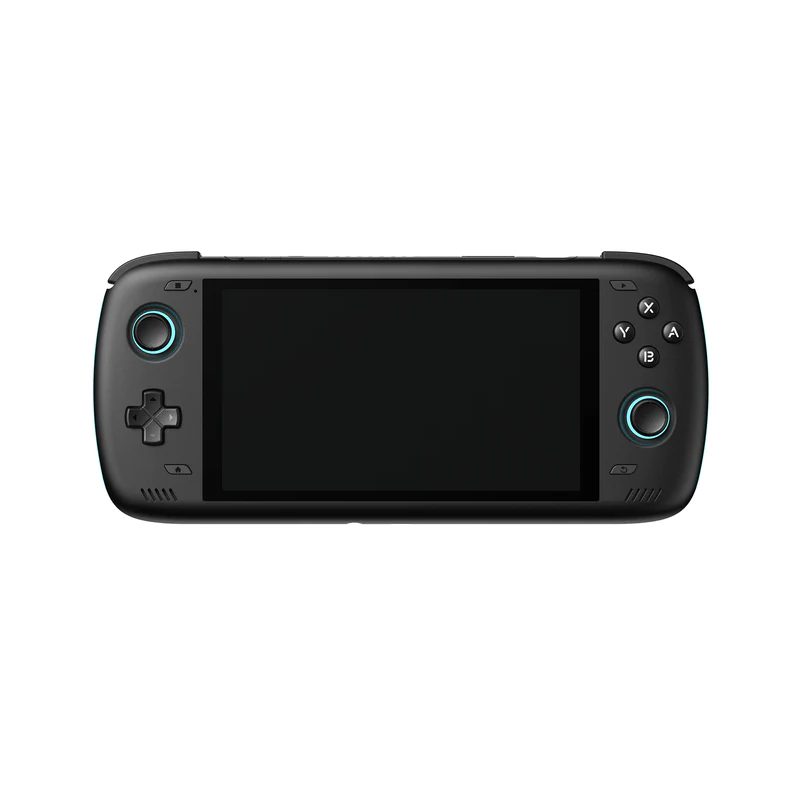
Ayn is a gaming device that resembles other handhelds on this list. However, it packs a punch with the processor and the operating system. One advantage of Ayn over some devices listed here is customization. Plus, their flagship, Loki MAX, can store up to 512GB worth of games, making it the most expensive device in their catalog.
However, there are cheaper Loki models. Plus, you can also consider the Odin models with the same capabilities as the Loki MAX, but the processor makes it two distinct models.
8. Ayaneo
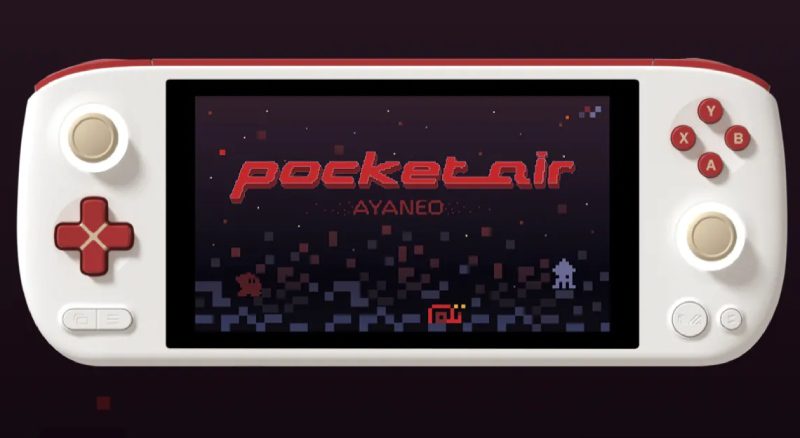
Do you want diverse options on how you want your handheld gaming device to appear? Ayaneo has you covered with various models. They have five models, with some having variations.
All Ayaneo models are powered by AMD Ryzen, the best of the best in gaming processors, except for the Pocket AIR. You can check out the various models and see for yourself which is the best handheld device that fits your needs.
9. Evercade
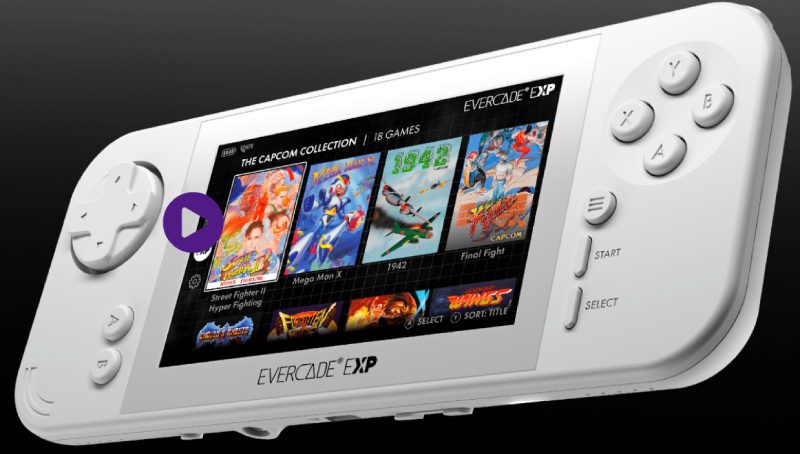
Evercade will take you down memory lane because this is a nostalgic handheld gaming device on this list. You insert cartridges, similar to old Gameboy models. It doesn’t have high-resolution screens, but it’s an ideal device for those who want to relive their childhood by playing games. You can play over 300+ games that will transport you back in time.
10. ASUS ROG Ally
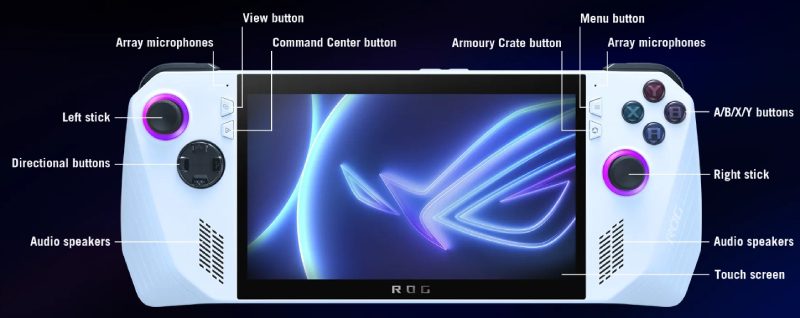
The ASUS ROG Ally is another Windows-operated handheld gaming device that will enhance your gaming experience and let you play all day long. Additionally, you don’t have to worry about playing hours, considering they have an ergonomic playing set-up.
One advantage of ASUS ROG Ally over other handhelds on this list is you can connect it to your TV and play multiplayer games with friends and loved ones! Or, you can even plug it into your computer for an even better experience. Finally, you can play games from Epic, Xbox, Steam, GOG, and other major publishers to get updated with the latest games.

TikTok Is Toast: Get the Secret Weapon Brands are Using to Power Through

Can AI Chatbots Become Your Therapist?

BedStory® 12 Inch Memory Foam Hybrid Mattress

VSETT 9+ Electric Scooter Review (2024)

Ataman M2R Bullpup Air Gun Review

6 Top Adventure Travel Destinations






